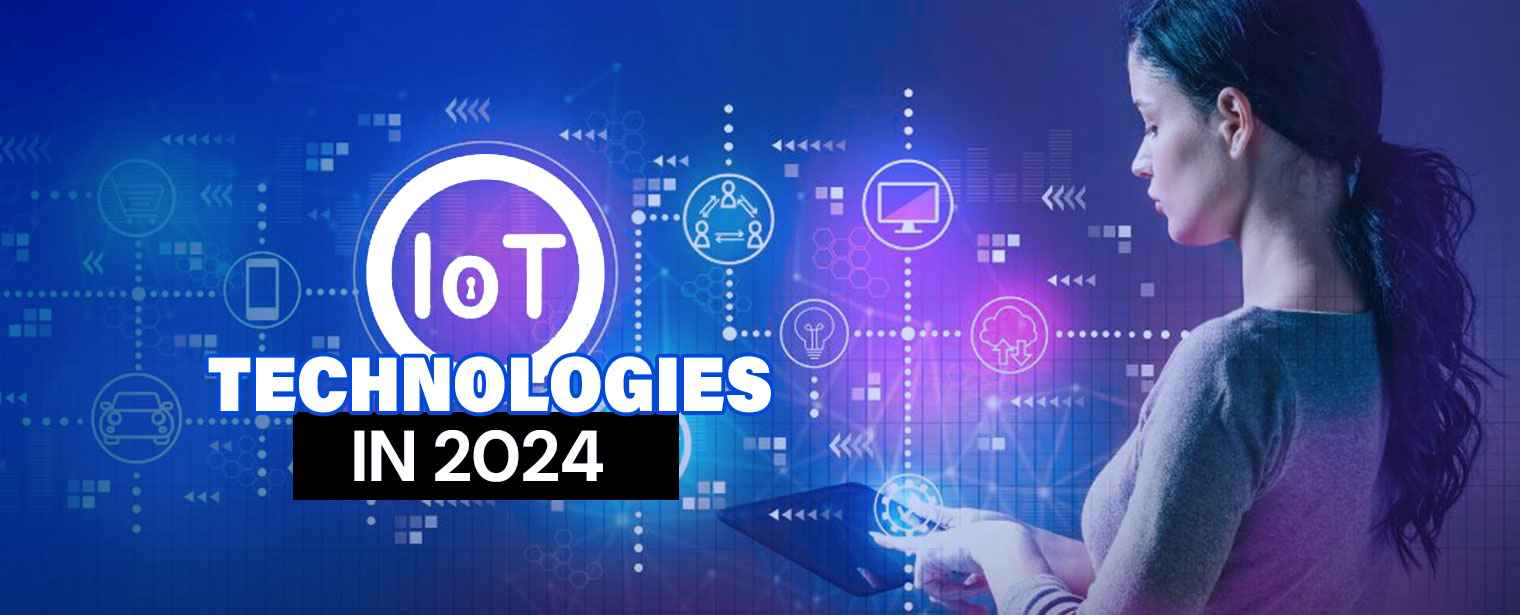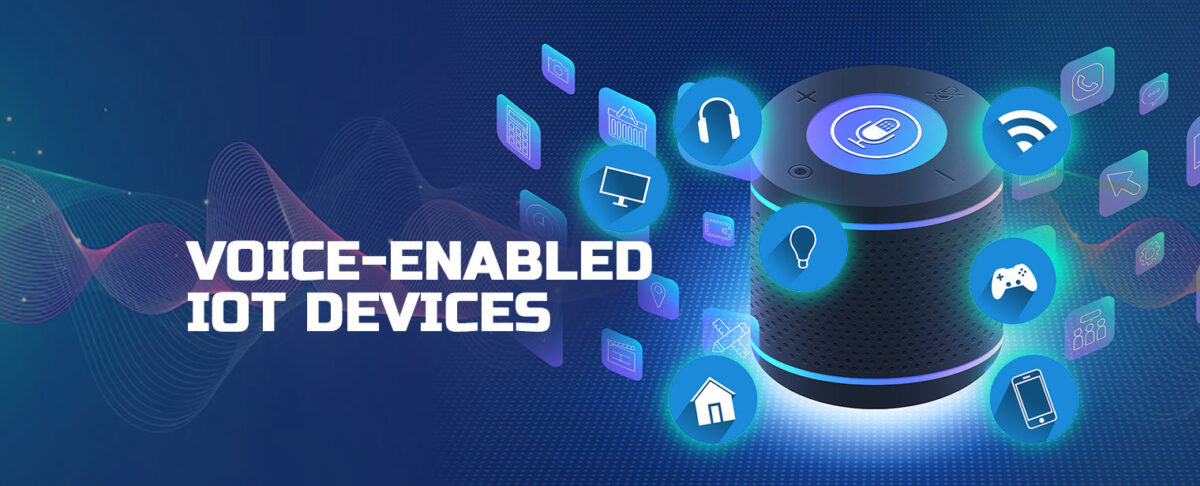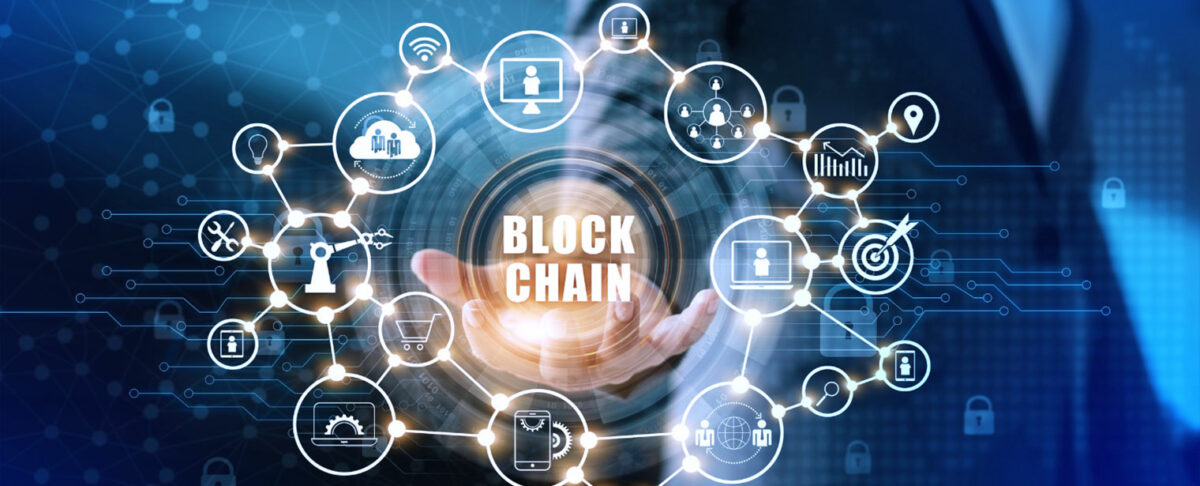IoT technologies in 2024

Introduction
Internet of Things (IoT) refers to a system of physical components linked to various sensors, software programs and technologies to connect and exchange information with other devices and systems.
Recently, IoT has witnessed a booming development, needless to say, due to the constant advancements in technology in leaps and bounds.
Interestingly, this sphere of digital transformation is progressing incessantly with several breakthroughs and trends becoming an imperative of it.
So, as you read today’s blog post, you will get acquainted with some of the most avant-garde IoT trends that are expected to remain prevalent in 2024 and for several years to come.
Top IoT Trends in 2024

We are already in the middle of 2024 and IoT developments are getting boundless with each passing day. Having said that, here are the top IoT trends that will remain popular in 2024 and ahead.
Metaverse

IoT is a crucial element of the Metaverse technology as it intensifies the potential of this framework to a considerable extent. This interconnection between Metaverse and IoT will give rise to even more advanced trends and technologies down the road.
Further, IoT’s application in the domain of Metaverse has made the latter quite popular in various including engineering, architecture, manufacturing, training, retailing, e-commerce, media, entertainment and games.
And as per statistics, the global market for Metaverse will reach $679 billion by the end of 2030.
Edge Computing

A newly introduced computing technology in the digital sphere, edge computing involves the use of a variety of networks and gadgets that users optimize collectively to get the desired results.
In particular, edge computing is the process of evaluating data based on their nearest locations. This paves the way for faster and better results with more data analysis in large chunks that lead to real-time and substantial results.
As a technology, edge computing has helped various businesses make the most of their online resources and gain a significant foothold in the market.
Further, with the growing demand for cloud features in edge computing technologies, marketers find it easy to help businesses serve their clients in different areas while offering them a more intuitive and workable interface to get the job done faster than expected.
Interestingly, the global revenue for the edge computing market will reach as high as $274 billion by the end of 2025. That sounds exhilarating, right?
IoT Security
Some devices and gadgets require more security as compared to others and the application of IoT in these systems has become more important than ever. It’s no surprise that businesses are leveraging the most of this IoT trend to make the connectivity of their software systems and devices more secure and encrypted than before.
We all know that technology comes with its share of advantages and disadvantages. Talking about the latter, cyber-attacks and other potential threats are no wonder when it comes to tampering data of businesses and individuals unethically.
The role of the Internet of Things (IoT) is worth acknowledging in this matter. Hence, B2B and B2C companies all over the world are utilizing several technologies to create highly secure IoT services and solutions that help protect their data from unwanted predicaments.
Voice-enabled IoT devices

Technologies such as App-enabled virtual assistants, Amazon-empowered AI models, VA-dominated AI technologies and Google Assistant are striving to bring some ground-breaking alterations to the field of voice-activated IoT alterations.
As technology develops in leaps and bounds, voice-enabled IoT systems and devices will be used in various sectors and industries in the next few years. This will allow businesses and individuals to alter settings, instruct commands and receive relevant outputs from advanced gadgets.
Coming to its usage, the banking and finance sectors had started using speech recognition and voice-activated models a long back, later followed by other industries and domains.
Recently, the technology of voice recognition has witnessed a major development in the form of voice biometry. It allows companies of various sizes to copy a person’s voice and create an online profile of it.
While doing so, users are free to evaluate parameters such as dynamics, existing frequencies, tone, intensity, pitch etc. By leveraging most of this IoT technique, businesses can take their forefront to the next level and that’s for sure.
On a final note, a Think with Google statistics claims that 27% of global users resort to voice searches while browsing their mobile devices. This proves that voice recognition is gaining a burgeoning craze which will increase at a constant pace over time.
Digital Twins
Digital Twins came into operation in the year 2020. It’s a digital representation of physical processes or objects that will give you real-time outputs. By using this technological model businesses and individuals can serve a variety of purposes including performance evaluation, asset optimization, data detection, tracking and utilization.
Quite interestingly, this application of the Digital Twins models in a plethora of sectors will intensify furthermore, bringing some even more exciting alterations in this arena in the near future.
So, by the end of 2025, we can expect almost every SME and tech giant using the Digital Twins technology to take their digital businesses to the next level.
IoT-enabled AI applications
Internet of Things (IoT) and Artificial Intelligence go hand in hand when it comes to leading the entire tech industry. However, both these technologies are quite different from each other, but when combined together can create models and solutions that will allow businesses of various sizes to gain a substantial foothold in the market.
In short, when IoT and AI will merge together, they will give rise to some of the cutting-edge technologies that automate arduous tasks and aid in the process of making informed decision with zero human interference.
Moreover, various domains and sectors have already started using these models together and in return they can expect multiple benefits such as predictive maintenance, enhanced productivity, and minimal downtime and operation costs to say the least.
Traffic Management
The latest IoT models allow businesses to resolve issues and challenges related to blockage and traffic. This allows small to medium-sized businesses and even enterprises to optimize IoT-enabled solutions and models in areas such as vehicular conglomerates and intense gridlocks to find out overhyped problems and create a sketch that leads to more systematic traffic channels. As a result, unwanted traffic jams on the street will decrease to a considerable extent.
This amazing advancement in IoT has inspired many cities to make the most of this technology which in return will lead to 15 to 20 percent reduced commuting times, expected by 2025. Consequently, people can travel to their intended destination faster than expected and without the significant contribution of IoT, this feasibility in the smart-city networks wouldn’t have been possible.
IoT-enabled 5G technology
By 2026, around 5 billion global users will start using 5G technologies that are IoT-dependent. In short, 5G technology unlocks the full potential of the Internet of Things (IoT), benefitting individuals and businesses alike with a plethora of IoT-based technological advancements.
With networking becoming more versatile and user-friendly, 5G is expected to revolutionize the area of IoT quite remarkably, allowing apps and websites to function more effectively to meet customers’ varying needs and demands in the finest way possible.
In the near future, IoT will bring some even more high-end 5G devices that will enable things and activities such as real-time data processing, extensive coverage, network slicing, lower latency etc. proving to be a boon for startups, and SMEs as well as enterprises.
Smart Cities
When digital experts look for the pinnacle of innovation, there is only one word that comes to their mind, IoT or the Internet of Things. Yes, IoT allows individuals to connect with the world more effectively and brainstorm ideas and concepts that give rise to more intellectual and meaningful outputs.
Interestingly, various smart cities are using IoT models to enhance residential perks and resolve prolonged and unwanted issues. As a result, people staying in those cities can expect benefits in terms of durability, reduced deviance and enhanced social facilities to say the least.
As a matter of fact, governments of quite a few of these cities had already started to adapt to these IoT technologies to bring various advantages and amenities for their dwellers to the table.
This way they are addressing and mitigating various problems such as sustainable growth, traffic overloading, energy optimization and resident safety to name just a few.
Blockchain

Last but not least, one of the most in-demand trends that has taken place in the sphere of the Internet of Things (IoT) is the growing use of Blockchain technology. Apart from ensuring adequate data security with IoT devices, blockchain supports the effective interaction between several network-friendly nodes that enables safe and secure record keeping and maintenance. This is one good reason users consider Blockchain ideal technology for various applications in the area of IoT.
It’s a decentralized and allocated ledger technology that is now widely used in a plethora of industries including transportation, finance, agriculture and banking to say the least. Interestingly, as per statistics the global market for IoT blockchain will increase over time and will reach as high as $2409 by the end of 2026.
Sounds interesting, right?
Conclusion
The Internet of Things (IoT) is the technology of the era and with so many trends and advances pouring out of it, digital marketers and tech enthusiasts can use these models and components to take their businesses to new heights of success.
All the best!

